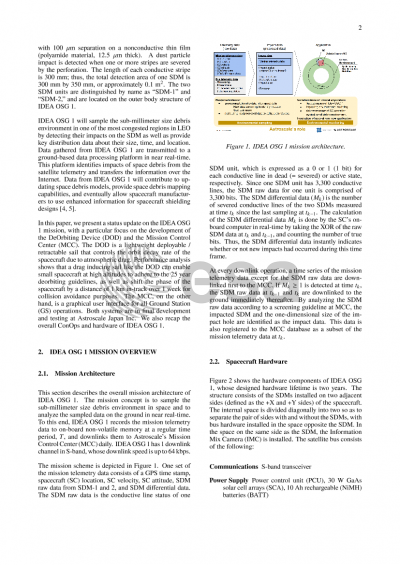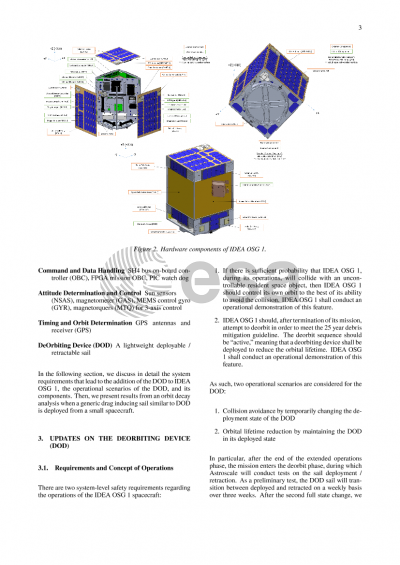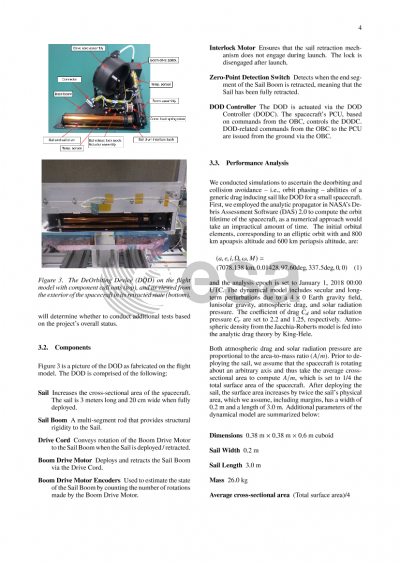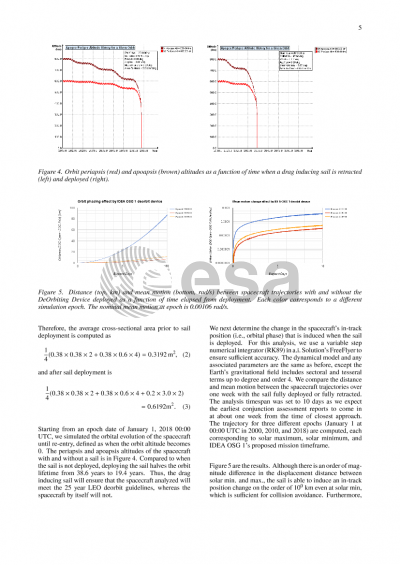Document details

Abstract
Submillimeter size debris can cause fatal damage to spacecraft. Unlike trackable space debris, which are 10cm or larger, spacecraft cannot always make collision avoidance maneuvers because they are too small to detect using ground-based observation systems.
Orbital debris models such as ESA’s MASTER and NASA’s ORDEM help manufacturers to properly design spacecraft to protect them from submillimeter size debris. Unfortunately, research has shown that there are large discrepancies between modeling tools available on the market, giving space for improvement using more accurate information on the debris flux.
Submillimeter size debris data were provided by scanning the surfaces of returned objects such as Long Duration Exposure Facility (LDEF) and US space shuttles. After retirement of the US space shuttles, there were limited chances to measure the submillimeter size debris environment by ISS cargos. The data from returned objects is cumulated through the mission, so the resolution of information of time and position is low.
In addition, the orbital environment constantly changes due to launches, atmospheric re-entries and orbit perturbations. It also changes dramatically due to break-up events such as the Chinese anti-satellite missile test in 2007 and the Iridium 33 and Cosmos 2251 accidental collision in 2009. For these reasons, orbital debris must be monitored continuously and the orbital environment model should be updated significantly.
IDEA project, initiated by Kyushu University, aims at developing in-situ debris environmental awareness by constructing a constellation of small satellites carrying impact detectors developed by JAXA. IDEA OSG 1, the first of the IDEA series, is expected to launch in the second-half of 2017. The satellite will detect submillimeter size debris in orbit and provide key data about the size, the time and the precise location of submillimeter size debris. This information will contribute to update orbital debris models, provide orbital debris mapping capabilities, and eventually allow spacecraft manufacturers to use enhanced information and while designing spacecraft shielding technologies. Data gathered from IDEA OSG 1 aims at improving our capability to model the LEO environment and improving spaceflight safety .
Preview







